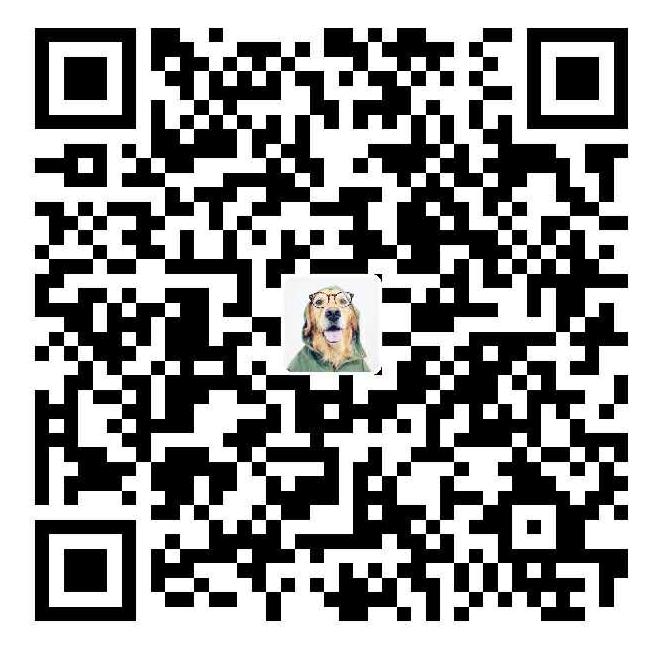虽然Openai
Gym给我们提供了很多有趣的环境,但是,针对实际问题,我们一般都需要建立自己的强化学习环境,也就是说,建立一个函数,输入是action,输出是next_state, reward, done, info,建立这样一个环境的时候最好按照Gym的API来设计,这样方便代码的编写与调试,很多网上实现的算法都是按照Gym的环境进行设计的,同时,Gym的API本身设计的就比较合理的。
本文总结了Gym的环境的格式,同时给出了一个能够检查强化学习自定义环境的工具。
按照Gym的API设计自定义环境
按照Gym的接口进行设计,你的环境需要继承Gym类,同时必须包含以下方法:
1 2 3 4 5 6 7 8 9 10 11 12 13 14 15 16 17 18 19 20 21 22 23 24 25 26 27 28 29 30 import gymfrom gym import spacesclass CustomEnv (gym.Env) : """Custom Environment that follows gym interface""" metadata = {'render.modes' : ['human' ]} def __init__ (self, arg1, arg2, ...) : super(CustomEnv, self).__init__() self.action_space = spaces.Discrete(N_DISCRETE_ACTIONS) self.observation_space = spaces.Box(low=0 , high=255 , shape=(HEIGHT, WIDTH, N_CHANNELS), dtype=np.uint8) def step (self, action) : ... return observation, reward, done, info def reset (self) : ... return observation def render (self, mode='human' ) : ... def close (self) : ...
然后,你可以定义一个RL agent:
1 2 3 4 env = CustomEnv(arg1, ...) model = A2C('CnnPolicy' , env).learn(total_timesteps=1000 )
通过stable baselines3中的check_env工具来进行环境API是否符合Gym的API。
1 2 3 4 5 from stable_baselines3.common.env_checker import check_envenv = CustomEnv(arg1, ...) check_env(env)
参考来源:https://stable-baselines3.readthedocs.io/en/master/guide/custom_env.html
check_env工具
stable_baselines3.common.env_checker.check_env(env: gym.core.Env, warn: bool = True, skip_render_check: bool = True) → None
参考来源:https://stable-baselines3.readthedocs.io/en/master/guide/custom_env.html
示例
在Y. Zhang, B. Zhao和D. Liu, 《Deterministic policy gradient adaptive dynamic programming for model-free optimal control》, *Neurocomputing*, 卷 387, 页 40–50, 4月 2020, doi: [10.1016/j.neucom.2019.11.032](https://doi.org/10.1016/j.neucom.2019.11.032).中所仿真的算例:
\[\mathbf{x}_{t+1}=\left[\begin{array}{c}
\left(\mathbf{x}_{1, t}+\mathbf{x}_{2, t}^{2}+\mathbf{u}_{t}\right) \cos
\left(\mathbf{x}_{2, t}\right) \\
0.5\left(\mathbf{x}_{1, t}^{2}+\mathbf{x}_{2, t}+\mathbf{u}_{t}\right)
\sin \left(\mathbf{x}_{2, t}\right)
\end{array}\right]\]
对于这样一个非仿射非线性状态空间描述的系统建立强化学习环境,Reward定义为:
\[\mathcal{J}\left(\mathbf{x}_{0}\right)=\sum_{t=0}^{\infty}\left(\mathbf{x}_{t}^{\top}
Q \mathbf{x}_{t}+\mathbf{u}_{t}^{\top} R
\mathbf{u}_{t}\right)\] 中的\(\mathbf{x}_{t}^{\top} Q
\mathbf{x}_{t}+\mathbf{u}_{t}^{\top} R \mathbf{u}_{t}\)
其中,\(Q=\left[\begin{array}{cc} 1.0 &
0 \\ 0 & 1.0 \end{array}\right]\) , \(R=1.0\)
1 2 3 4 5 6 7 8 9 10 11 12 13 14 15 16 17 18 19 20 21 22 23 24 25 26 27 28 29 30 31 32 33 34 35 36 37 38 39 40 41 42 43 44 45 46 47 48 49 50 51 52 53 import numpy as npimport pandas as pdimport gymfrom gym import spaces, loggerfrom gym.utils import seedingclass NonLinearEnv (gym.Env) : """ 描述: 一个离散时间非线性非仿射系统 来源: 论文《Policy Gradient Adaptive Dynamic Programming for Data-Based Optimal Control》 状态: State1,State2 动作: 单输入系统,u 回报: 初始状态: x0=[0.2, 0.7]' episode结束条件: """ def __init__ (self, Q: np.array, R: np.array) : self.Q = Q self.R = R self.state = np.array([0.2 , 0.7 ]) self.action_space = spaces.Box(low=-1.0 , high=1.0 , shape=(1 , ), dtype=np.float64) self.observation_space = spaces.Box(low=-np.inf, high=np.inf, shape=(2 , ), dtype=np.float64) def reset (self) : self.state = np.array([0.2 , 0.7 ]) return self.state def step (self, action) : next_state_x1 = (self.state[0 ]+self.state[1 ]**2 +action)*np.cos(self.state[1 ]) next_state_x2 = 0.5 *(self.state[0 ]**2 +self.state[1 ]+action)*np.sin(self.state[1 ]) next_state = [next_state_x1, next_state_x2] reward = np.matrix(self.state)*self.Q*np.matrix(self.state).T + action**2 *self.R self.state = np.array(next_state).reshape(2 , ) done = False info = {} return self.state, -float(reward[0 ][0 ]), done, info def render (self) : pass
1 2 3 4 5 6 7 8 9 from NLEnv import NonLinearEnvfrom stable_baselines3.common.env_checker import check_envimport numpy as np Q = np.matrix([[1 , 0 ], [0 , 1 ]]) R = np.matrix([[1 ]]) env = NonLinearEnv(Q, R) check_env(env)
这样,就按照Gym的标准定义好了强化学习环境,同时,能够通过API一致性检测,然后,只需要考虑强化学习算法了,无论是自己设计算法,还是使用现成的算法包,都比较方便了。
